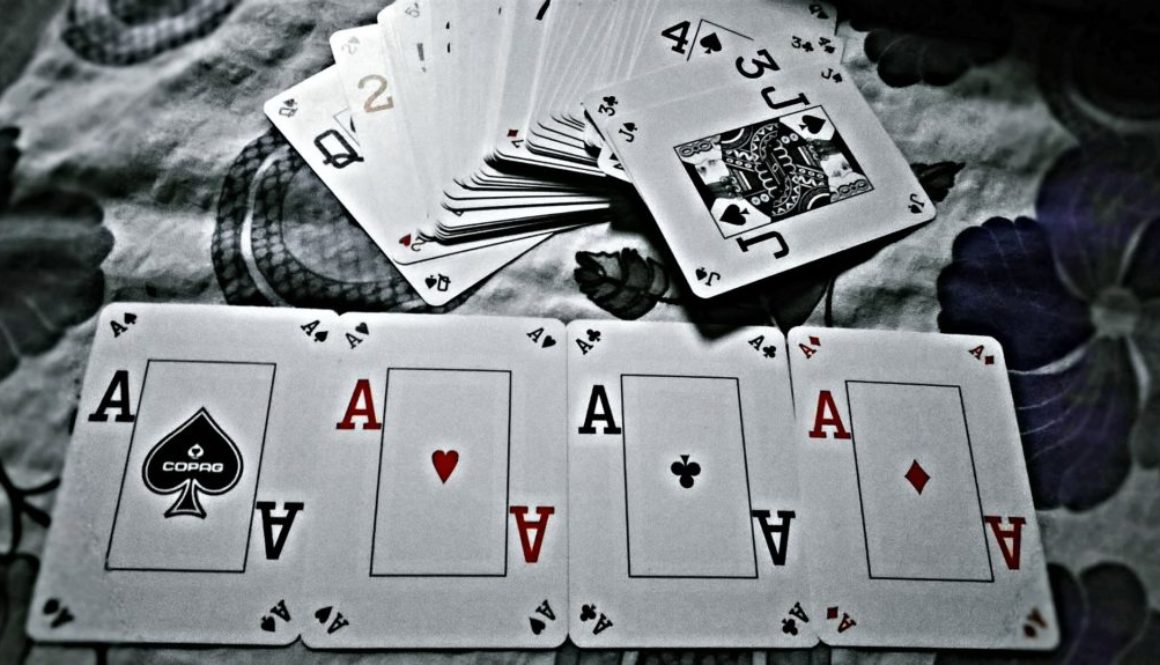Elevating Business Meetings: The Art of Adding a Close-Up Magician
Business meetings often carry a reputation for being serious, structured, and at times, predictable. However, there’s a transformative way to inject a dose of excitement, engagement, and a touch of magic into your corporate gatherings—introducing a close-up magician to your business meeting. While it might seem unconventional, incorporating the art of magic can be a strategic move to enhance collaboration, boost morale, and foster a more dynamic and memorable corporate atmosphere.
1. Breaking the Ice: Business meetings frequently kick off with introductions, but the initial moments can sometimes feel rigid. A close-up magician provides an ingenious solution to break the ice. As attendees marvel at mind-bending tricks and illusions, the shared experience becomes an instant conversation starter, fostering a sense of camaraderie and setting a positive tone for the meeting.
2. Engaging Networking Opportunities: Magicians, particularly those specializing in close-up magic, excel at engaging small groups. Whether during coffee breaks or networking sessions, a magician circulating among participants can create a relaxed and interactive environment. This not only enhances networking opportunities but also allows colleagues to bond over the shared amazement of magical moments.
3. Reinforcing Key Messages: Magicians have an innate ability to tell compelling stories through their performances. Consider working with a close-up magician to integrate key messages or themes relevant to your business into their acts. This subtle yet impactful method ensures that important information is not only conveyed but also retained by the audience in a novel and entertaining way.
4. Enhancing Creativity and Innovation: Magic, at its core, is about defying expectations and thinking outside the box. By incorporating a close-up magician, you infuse an element of creativity and innovation into the meeting space. This shift in perspective can inspire attendees to approach problem-solving and brainstorming sessions with a newfound openness to unconventional ideas.
5. Stress Relief and Morale Boost: The corporate world often comes with its fair share of stress. A strategically placed close-up magic performance can serve as a delightful stress-relief break. The wonder and amusement created by a magician’s sleight of hand provide a temporary escape, leaving participants refreshed and ready to tackle the remaining agenda with renewed focus and energy.
6. Personalized and Intimate Experience: Close-up magic is inherently intimate, making it an ideal choice for smaller business meetings or executive retreats. The magician can tailor their act to resonate with the unique dynamics of the group, creating a personalized experience that leaves a lasting impression on each participant.
7. Unforgettable Branding Opportunities: If your business is hosting a conference, product launch, or trade show, incorporating a close-up magician can enhance your brand’s visibility. The magician can seamlessly integrate branded elements into their performance, ensuring that your company’s message is not only heard but also seen in a memorable and entertaining context.
Conclusion: Incorporating a close-up magician into a business meeting is not merely an entertaining diversion; it’s a strategic move to foster a positive and collaborative corporate culture. By adding an element of surprise, engagement, and creativity, you can transform routine meetings into memorable experiences that leave a lasting impact on your team. In the world of business, where innovation and collaboration are paramount, a touch of magic might be just what your next meeting needs to unlock its full potentia

